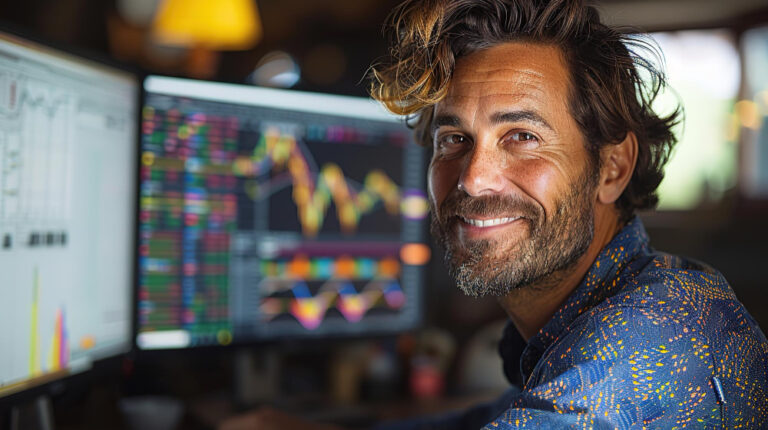Transitioning from manual to automated trading can feel like stepping into a new world—one filled with opportunities and complexities waiting to be unraveled. For many traders, the allure of automation lies in its potential to enhance efficiency, minimize human error, and capitalize on market trends with lightning speed.
However, this shift is not merely a flip of a switch; it requires a careful approach to ensure a smooth transition. From understanding the tools at your disposal to developing a robust trading strategy, the journey is as intricate as the financial markets themselves.
In this article, we will explore essential steps to help you metamorphose your trading practice seamlessly, empowering you to embrace technology while preserving your trading instincts. Let’s dive in and uncover the secrets to navigating this transformative process.
Understanding the Basics of Automated Trading

Automated trading, often referred to as algorithmic trading, represents a transformative approach to executing trades in the financial markets. At its core, it leverages sophisticated software and algorithms to make split-second decisions based on pre-defined criteria, eliminating the emotional and psychological biases that often plague human traders.
Imagine a world where trades are executed at lightning speed, using automated trading strategies to analyze vast amounts of data in real time—this is the essence of automation. However, diving into this realm requires more than just understanding its mechanics; it involves grasping the underlying principles that guide these algorithms.
From developing a robust trading strategy to continually monitoring performance, the transition from manual to automated trading entails a blend of strategic planning and technological familiarity. Thus, as you embark on this journey, consider both the power and the intricacies of automation that will ultimately shape your trading experience.
Risk Management in Automated Trading
Risk management in automated trading is a critical component that can make or break your trading success. As you transition from manual to automated trading, it’s essential to establish robust risk management protocols to protect your capital from unforeseen market fluctuations.
This involves setting clear parameters for maximum drawdown, position sizing, and stop-loss levels tailored to your trading strategy. Consider leveraging trailing stops to secure profits while allowing for potential upside, and don’t overlook the value of diversifying your portfolio to mitigate risks associated with individual assets.
Moreover, regular backtesting and real-time monitoring of your automated systems can help identify vulnerabilities in your strategy, enabling you to tweak your algorithms as necessary. Ultimately, the goal is to create a safety net that balances risk and reward, ensuring your automated trading experience is not only profitable but sustainable over the long term.
Psychological Adjustments for Traders

Transitioning from manual to automated trading is not merely a technical shift; it’s a profound psychological evolution. Traders must confront the inherent emotional turmoil that comes with relinquishing control over their trades.
The thrill of executing strategies in real-time can be replaced with a disconcerting sense of detachment, leading to feelings of uncertainty or even anxiety. Yet, embracing this change requires a mindset that values data-driven decisions over impulsive choices.
Its crucial to cultivate patience and trust in the algorithm, understanding that market fluctuations are no longer personal battles but statistical probabilities. Engaging with this new reality involves introspection—traders should develop resilience against the emotional triggers rooted in past experiences, while also fostering a disciplined approach to performance reviews.
As they learn to interpret the outcomes produced by their automated systems, the key lies in striking a harmonious balance between analytical rigor and psychological adaptability, ensuring that they can thrive in this rapidly evolving landscape.
Conclusion
In conclusion, transitioning from manual to automated trading can be a transformative journey for traders seeking increased efficiency and accuracy in their financial endeavors. By taking the time to thoroughly understand your trading goals, testing various automated trading strategies, and implementing a gradual integration process, you can ensure a smooth transition that minimizes risks and maximizes potential rewards.
Embracing this technology not only streamlines your trading experience but also allows you to focus on strategic decision-making and analysis. With careful planning and patience, you can harness the power of automation to enhance your trading proficiency and achieve greater success in the dynamic landscape of financial markets.

